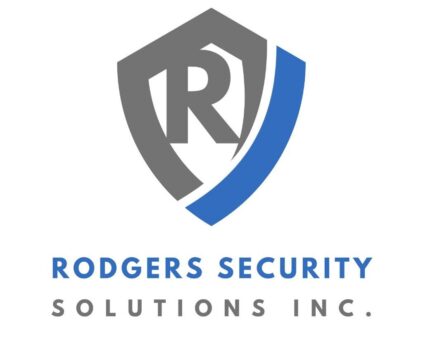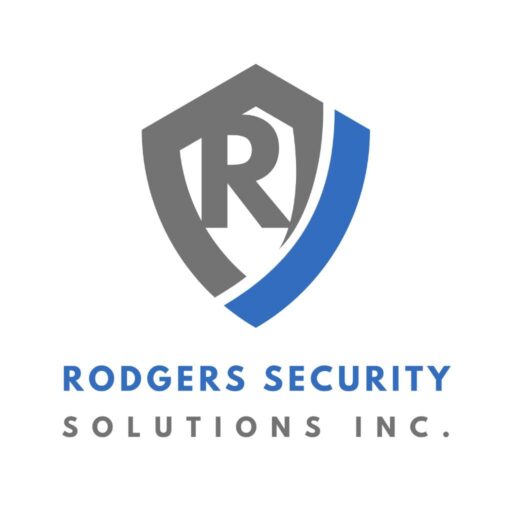In the bustling world of retail, ensuring the security of your store is paramount to safeguarding your merchandise, employees, and bottom line. With the constant threat of theft and shrinkage, implementing robust loss prevention measures is essential for the success and sustainability of your business. Below are some of the best practices for retail store security to help you mitigate risks and protect your assets effectively.
1. Employee Training and Awareness:
One of the most effective strategies for preventing losses in a retail environment is investing in comprehensive employee training programs. Educate your staff about the various forms of theft, such as shoplifting, employee theft, and organized retail crime, and provide them with clear guidelines on identifying and responding to suspicious behavior. By fostering a culture of vigilance and accountability among your team, you can significantly reduce the likelihood of internal and external theft.
2. Visible Deterrents:
Creating a visible presence of security measures can be a powerful deterrent against potential thieves. Install security cameras at strategic locations throughout your store, prominently display signage indicating the presence of surveillance, and utilize mirrors and lighting to eliminate blind spots. By ensuring that your store is actively monitored and protected, you can discourage would-be thieves from attempting to steal.
3. Access Control:
Limiting access to sensitive areas of your store, such as stockrooms and cash registers, can help prevent unauthorized individuals from tampering with merchandise or committing theft. Implement access control measures, such as keycard entry systems or biometric scanners, to restrict entry to these areas to authorized personnel only. Additionally, regularly audit and update access permissions to ensure that only those who need access are granted access.
4. Inventory Management and Auditing:
Maintaining accurate inventory records and conducting regular audits are essential to an effective loss prevention strategy. Implement inventory management systems that allow you to track stock levels, monitor sales patterns, and identify discrepancies in real time. Conduct regular physical inventory counts to reconcile discrepancies between recorded inventory and actual stock on hand and investigate any discrepancies promptly to identify potential sources of loss.
5. Customer Service and Engagement:
Providing exceptional customer service enhances the shopping experience for your patrons and is a valuable tool for loss prevention. Train your staff to greet and engage with customers proactively, as attentive customer service can deter potential thieves who may feel more conspicuous in a high-traffic environment. Additionally, encourage your employees to assist customers throughout their shopping journey, as attentive service can help deter theft and build customer trust and loyalty.
6. Collaboration with Law Enforcement and Industry Partners:
Establishing strong partnerships with local law enforcement agencies and industry organizations can provide invaluable support in combating retail theft. Share information about known shoplifters or criminal activities with law enforcement agencies and collaborate with neighboring businesses to exchange best practices and coordinate efforts to address common security challenges. Working with external partners can strengthen your defenses and create a united front against retail crime.
Conclusion:
Effective loss prevention requires a multi-faceted approach encompassing employee training, visible deterrents, access control, inventory management, customer service, and collaboration with external partners. By implementing these best practices for retail store security, you can minimize losses, protect your assets, and create a safe and secure environment for your employees and customers.
At Rodgers Security Solutions, we understand the importance of prioritizing security and loss prevention. Contact us today to learn more about how we can help you develop a tailored security solution that meets the unique needs of your business.

